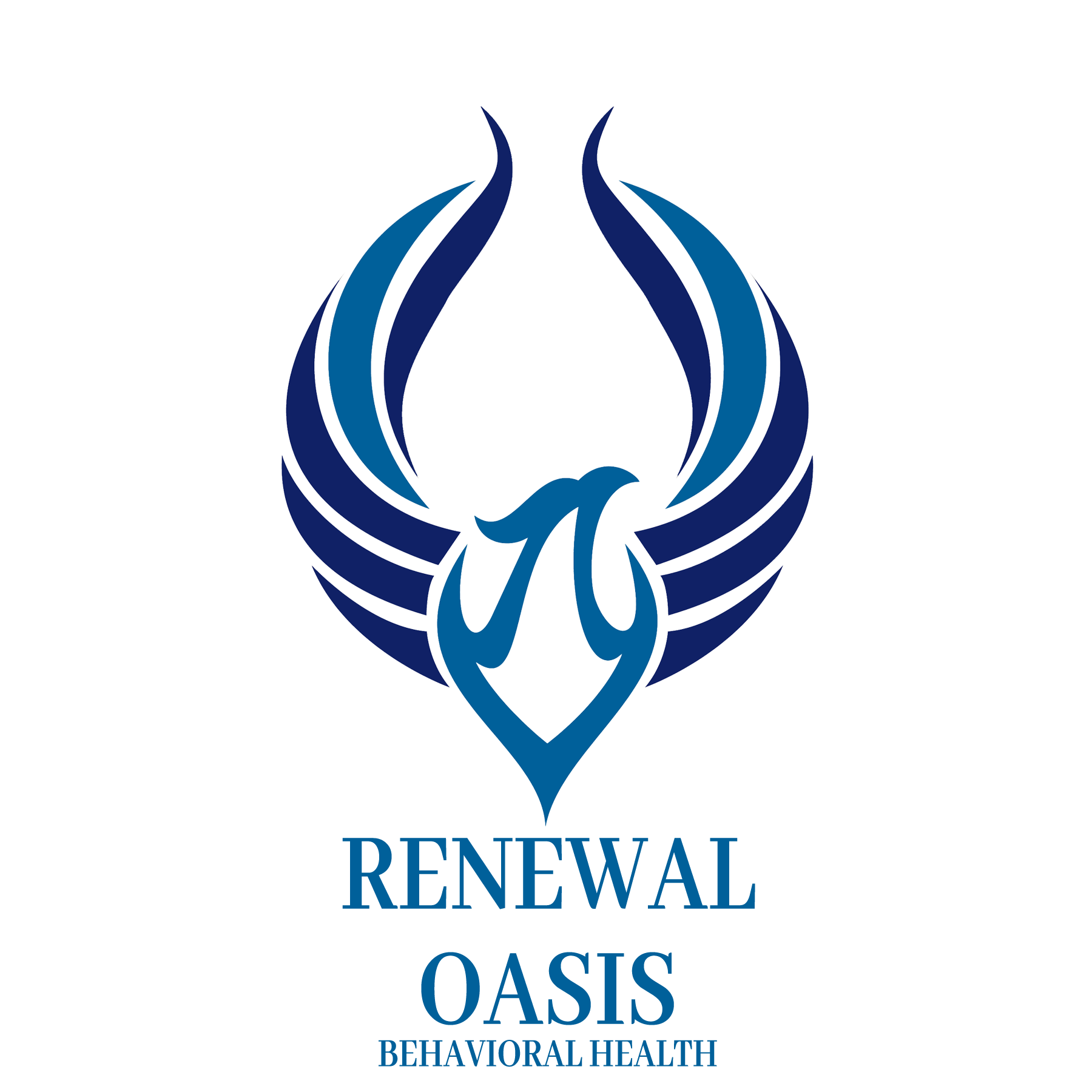Do you find that you want to become involved in close relationships but actually doing so feels scary? Do you want to love and be loved but when the opportunity presents itself, it leaves you anxious and ready to run off? You may have what’s called an anxious-avoidant attachment. Renewal Oasis provides residential and outpatient treatment for people who deal with the challenges of poor mental health. We can help you break the cycle of anxious-avoidant relationships and feel more comfortable fully participating in the natural give and take of loving relationships.
What Does Anxious-Avoidant Attachment Mean?
People connect and communicate with each other in a variety of ways. In fact, people develop patterns for how they interact with others in what’s called attachment styles. These patterns often begin as far back as infancy or childhood and can positively or negatively influence how a person gets along with others.
Someone with an anxious-avoidant attachment wants to enjoy healthy, happy relationships but lacks the ability to engage in them. They may begin a relationship with the best of intentions and want to give and receive love without reservation. However, they begin to feel vulnerable and scared of being hurt and often quickly retreat from the other person. This applies to not only romantic relationships, but also how they interact within friendships and family relationships.
Other Types of Attachment Styles
Attachment styles vary and can be referred to by different names. For example, anxious-avoidant attachment is also called “fearful-avoidant” or “insecure-avoidant” attachment. Some experts also divide it into two classifications: anxious attachment and avoidant attachment. Anxious attachment causes a person to fear being rejected or abandoned by someone they care about. They look to their partners for validation and may end up in codependent relationships. People classified as avoidant types tend to have elevated views of themselves but negative views of others. They avoid getting too close to people out of fear that the other person isn’t honest or worthy.
Another type is disorganized attachment, which causes a person to use inconsistent behaviors and have difficulty trusting others. They experience high anxiety and live in fear of being rejected. Finally, there is one type of attachment style that proves ideal because it is a healthy one. Secure attachment allows a person to enjoy healthy, long-term relationships.
 What Does the Anxious-Avoidant Cycle Look Like?
What Does the Anxious-Avoidant Cycle Look Like?
People who enter anxious-avoidant relationships tend to move through cycles. Often, the relationship progresses in a positive manner, but when the person who has an anxious-avoidant attachment feels it’s getting serious, they close down emotionally. They pull away, sometimes blaming the other person or not offering an explanation, and a divide develops between the two people. The other person may try to win their loved one back or they may pull back themselves. Many couples repeat this pattern because they do not understand the underlying mental health disorder at work.
Signs & Symptoms of Anxious-Avoidant Attachment
People who are involved in anxious-avoidant relationships often act in ways that confuse their partners. Signs that this type of relationship might be going on include when the individual:
- Has difficulty feeling or expressing deep emotions
- Can only proceed so far into a relationship before pulling back and withholding their love and affection
- Has a history of several short-term relationships that often ended when they broke it off
- Shows a fear of becoming too close to someone and assumes they will end up getting hurt
- Mistakes their partner’s love and affection for being too clingy or expecting too much
- Places a higher value on feeling independent and safe from emotional distress than on having a long-term partnership
Can Anxious-Avoidant Attachment Relationships Work?
When someone reaches a point of frustration that seems unbearable, they may wonder how anxious and avoidant relationships can work. The answer depends on whether the couple addresses the issue. If not, most of these relationships are doomed to one of two outcomes. Either one of both people tire of the cycle and break up, or they stay together in a perpetual cycle of miscommunication and not feeling fulfilled.
Is There Help for Anxious-Avoidant Attachment?
The good news is that people can learn to change their attachment styles. Working with a qualified therapist can help put a name to what’s wrong and allow the person to begin to take positive steps. Mental health therapy can help the individual learn why they developed their attachment style and how to replace it with healthy coping skills. If the person also suffers from mental illnesses like depression, anxiety, or PTSD, addressing this in therapy can help reduce or eliminate the need to use anxious-avoidant behaviors.
Contact Renewal Oasis Behavioral Health About Our Treatment in Palm Desert, CA
Do you recognize yourself as having the symptoms of anxious-avoidant attachment? If so, you may feel burned by attempts to engage in healthy relationships. The right kind of therapeutic approaches can help you learn to trust yourself and others and break the cycle of anxious-avoidant relationships. Renewal Oasis offers both residential and outpatient programs that include multiple types of therapy sessions. Our staff of mental health experts helps you identify triggers that cause fear and helps you resolve past issues that may contribute to your difficulty in having healthy relationships.
For more information about how our program works, visit our contact page today. We are happy to answer any questions you have.



